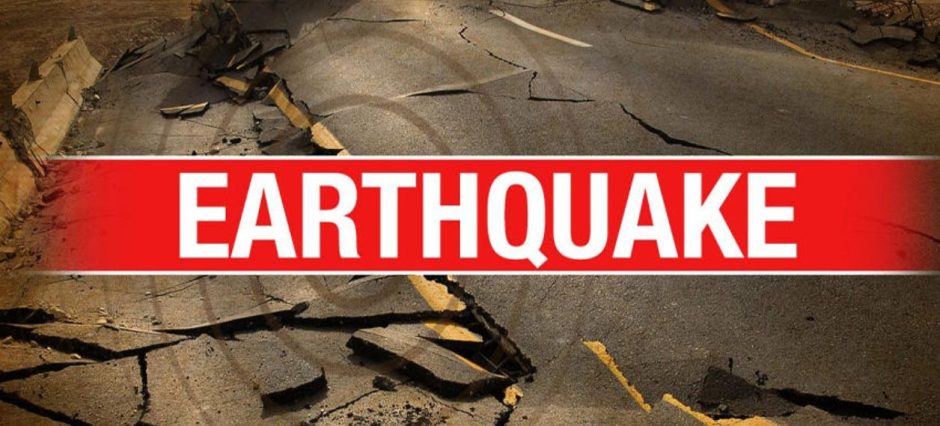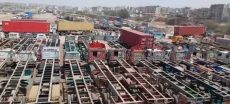Residents of Swat and nearby districts in Khyber Pakhtunkhwa experienced moderate earthquake tremors on Wednesday, prompting brief panic among locals as people rushed out of homes, offices, and schools. According to initial reports from the Pakistan Meteorological Department (PMD), the earthquake was felt across several northern areas of the province.
The tremors occurred during the early afternoon, lasting several seconds. Though no major damage or casualties have been reported so far, residents described the shaking as strong enough to rattle windows and light fixtures. Emergency response teams and local authorities immediately began assessing the situation to ensure public safety.
In Mingora, the largest city in Swat, many residents took to social media to share their experiences, describing the tremors as “sudden and alarming.” Witnesses said people ran out of buildings and gathered in open spaces until the shaking stopped.
Officials at the PMD are still collecting detailed seismic data to determine the magnitude, epicenter, and depth of the quake. Preliminary analysis suggests the tremor originated in the mountainous region along the Hindu Kush range, which is known for frequent seismic activity.
A senior disaster management official stated that while the quake was moderate, such tremors are reminders of the region’s vulnerability to earthquakes. “People should remain cautious and follow safety protocols during any seismic event,” the official advised.
In related provincial developments, Khyber Pakhtunkhwa’s Governor is set to administer the oath to the newly elected Chief Minister an event highlighting political stability amid natural challenges faced by the province.
Local authorities have urged residents to remain alert and report any structural damages to nearby emergency centers. The Provincial Disaster Management Authority (PDMA) has also been directed to monitor aftershocks and coordinate with district administrations for rapid response if needed.
Khyber Pakhtunkhwa, particularly the Swat and Chitral regions, lies within an active seismic zone. Experts warn that while minor to moderate earthquakes are common, preparedness and public awareness are essential to minimize risk in case of stronger tremors.
Residents have since returned to their daily routines, but many remain cautious. Authorities continue to emphasize the importance of earthquake drills, safe building structures, and public education to enhance community resilience against future seismic events.











